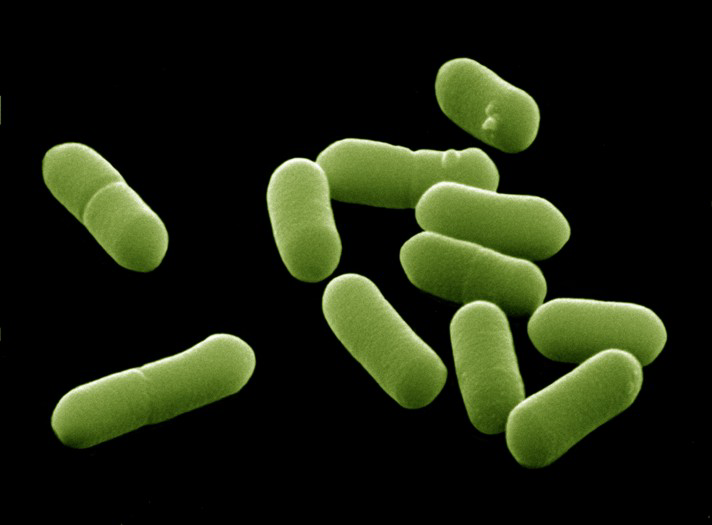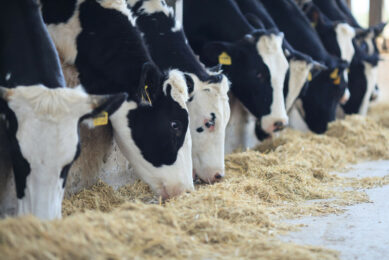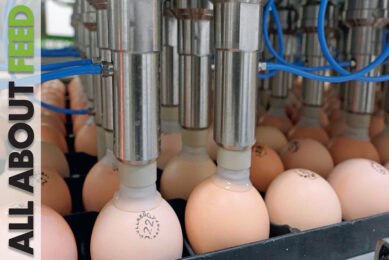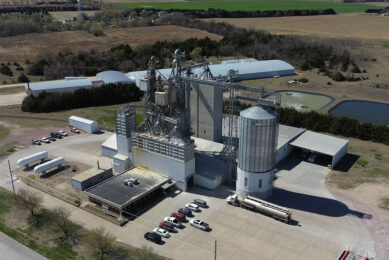Water treatment plants a hot spot for resistant bacteria

Bacteria can become resistant to antibiotics. And waste water effluent from sewage treatment plants can play a significant role in this process. This is concluded by UK researchers who published their new findings in the Journal of Antimicrobial Chemotherapy.
The researchers took river sediment samples, downstream and upstream of a UK waste water treatment plant in 2009 and 2011. They looked specifically at E. coli bacteria and their resistance against third-generation cephalosporins. This is an important groups of antibiotics, used to treat humans with blood poisoning and brain infections for example.
It was shown that the water after treatment contained seven times more resistant E. coli bacteria than the waste water before it was treated. According to the researchers this is because the sewage treatment plants are a ‘hot spot’ for the transmission of resistant genes. In these treatments plant, water from households, farms and the industry come together, including the different resistant genes. Especially the water from the warms can include many resistant bacteria, according to the article.
“We have identified a worrying reservoir of highly resistant enteric bacteria in the environment that poses a threat to human and animal health”, according to the research team. The researchers address the need for stricter controls at the treatment plants to make sure the development of more resistant bacteria is being stopped or reduced.
Antibiotic resistance and hence dealing with human diseases that have become untreatable is one of the greatest challenges for the near future. Antibiotic use in the global livestock industry is often seen as one of the largest contributors to resistant bacteria.












